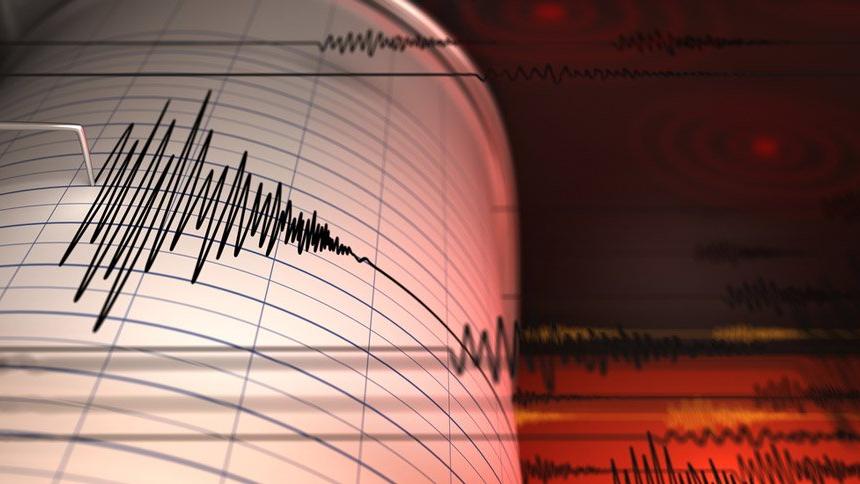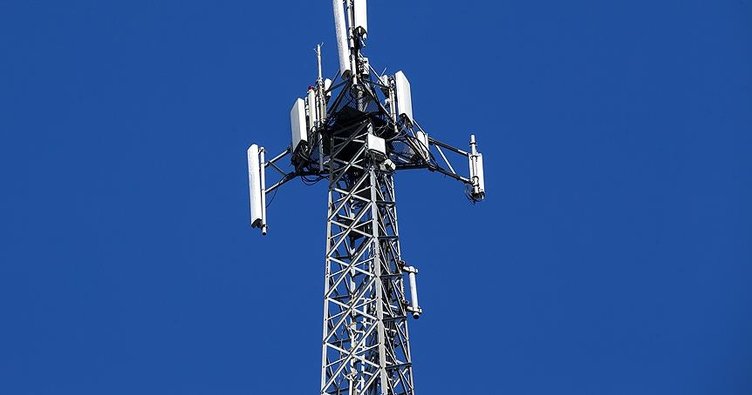“ON THE MOBILE COMMUNICATION TECHNOLOGIES DURING DISASTERS”
AFETLER VE MOBİL HABERLEŞME TEKNOLOJİLERİ
Mobil haberleşme teknolojileri tüm dünyada olduğu gibi ülkemizde de yoğun şekilde kullanılmakta ve 2G/3G/4.5G mobil haberleşme nesillerine ait hücresel haberleşme sistemlerine ilişkin altyapı hizmetleri sunulmaktadır. İstanbul’da 26 Eylül 2019’da meydana gelen deprem ile birlikte mobil haberleşme ağlarından servis alamayan pek çok kullanıcı açısından hücresel haberleşme teknolojilerinin kısıtlarının açıklanması önem kazanmıştır.
Mobil haberleşme sistemleri sınırlı sayıdaki frekans kaynaklarını kullanıcıların talebine ve kaynakların uygunluğuna göre atayarak haberleşmenin gerçekleştirilmesini sağlar. Mevcut frekans kaynaklarını sağlayacak baz istasyonlarının yerleşimleri, kullanıcıların istatistiksel olarak modellenen talepleri göz önüne alınarak planlanır. Sistemler kurgulanırken verimlilik ve fizibilite açısından değerlendirilerek tüm kullanıcıların aynı anda haberleşmeyeceği, ancak rastgele bir şekilde erişimin sağlanacağı varsayılır.
DISASTERS AND MOBILE COMMUNICATION TECHNOLOGIES
Mobile communication technologies have been used extensively in our country as well as all over the world and infrastructure services have been provided for cellular communication systems belonging to 2G / 3G / 4.5G mobile communication generations. With the last significant earthquake that occurred on 26 September 2019 in Istanbul, it became important to explain the limitations of cellular communication technologies for many users who could not receive service from mobile communication networks simultaneously following the earthquake.
Mobile communication systems enable the communication by assigning a limited number of frequency resources according to the demand of the users and the suitability of the resources. The deployment of the base stations to provide the available frequency resources has been planned considering the demands of the users that can be modeled statistically. While constructing the cellular communication systems, they have been considered in terms of efficiency and feasibility assuming all users have not been actively communicating at the same time, but they will be accessed randomly.

Mobil haberleşme sistemleri üzerinde insanların oluşturduğu ses ve veri trafiğinin yanı sıra gelişen gereksinimler doğrultusunda nesnelerin interneti ve makineler arası haberleşmenin de yaygınlaşması beklenmektedir. Mobil haberleşme sistemlerindeki yoğun veri trafiğini karşılamak üzere daha geniş frekans bant aralıkları sağlayan 4.5G (LTE) şebekesi yaygın olarak kullanılmaktadır. 4.5G şebekesi 2G/3G teknolojilerine göre çok daha büyük bant genişliği sağlar. Öte yandan pek çok kullanıcı için cep telefonuyla sesli aramalar yapılırken LTE teknolojisi yerine ara bir çözüm olarak 3G teknolojisi kullanılabilmektedir. Pek çok sistemde sesli aramalar devre anahtarlamalı düşme olarak adlandırılan bir yöntemle, telefondaki ağ bağlantısı 4.5G’den 3G’ye düşürülerek sağlanmaktadır. Dolayısıyla internete bağlı çeşitli uygulamalar üzerinden mesajlaşabilen çok sayıda cep telefonu abonesi aynı anda sesli arama yapmaya çalıştığında, yeterli kullanıcı kapasitesi ve bant genişliği sağlanamadığı için şebekeye erişimleri mümkün olamamaktadır.
Bilim insanlarınca yapılan güncel araştırmalarla afet ve acil durumlarda, baz istasyonlarının bazılarının servis dışı kaldığında veya belirli alanlarda çok sayıda insanın toplanması gerektiğinde, insansız hava araçlarının kullanılması dahil alternatif yöntemlerle oluşturulacak yeni şebekelerin sistemlere entegre edilmesi gibi yenilikçi yaklaşımlar geliştirilmektedir. Öte yandan aynı frekans bantlarının kullanılmasına rağmen kullanıcıların haberleşme işaretlerini ayrıştırılabilmesini sağlayabilen çoklu erişim yöntemleri de yoğun olarak çalışılmaktadır. Tüm bu bilgi birikimi göz önüne alınarak, normal şartlardaki haberleşme sistemlerinin çalıştırılmasının ötesinde, acil ve afet durumlarında oluşacak ani yoğunluk ve haberleşme gereksinimleri göz önüne alınarak sistemlerin yeni baştan tasarlanması gereklidir.
In addition to voice and data traffic created by human on mobile communication systems, it is expected that the internet-of-things and communication between machines will become widespread regarding the developing needs. The 4.5G (LTE) network, which provides wider frequency band ranges to meet the heavy data traffic in mobile communication systems, has been widely utilized. The 4.5G network provides much larger bandwidth than 2G / 3G technologies. On the other hand, 3G technology can be used as an intermediate solution instead of LTE technology when making voice calls with mobile phones for many users. In many systems, voice calls have been held by reducing the network connection on the mobile device from 4.5G to 3G by a method called circuit switched fallback. Therefore, when a large number of mobile subscribers, who can message via various internet-connected applications, try to make voice calls at the same time, they cannot access the network due to lack of sufficient user capacity and bandwidth.
Current research by academicians has been developing innovative approaches such as integrating new networks into alternative systems, including the use of unmanned aerial vehicles, in case of disasters and emergencies, when some of the base stations are out of service or when a large number of people need to be gathered in certain areas. On the other hand, despite the use of the same frequency bands, multiple access methods that can enable users to distinguish communication signals have been studying intensively. Considering all this knowledge, the systems should be designed from the beginning by considering the sudden changes in intensity and communication requirements that will occur in case of emergency and disaster situations, beyond the operation of the communication systems under normal conditions.

Aynı zamanda afet ve acil durumlarda haberleşme araçlarının kullanımı konusundaki toplumsal bilincin gelişmesi de son derece önemlidir. En azından altyapılardaki iyileştirmeler ve yenilikçi çözümler sağlanana kadar, gerçekten ihtiyaç duyulan sesli haberleşmelerin yapılabilmesine imkan tanımak için diğer kullanıcıların kısa mesaj servislerini kullanmaya yöneltilmesi yararlı ve gereklidir.
Prof. Dr. Lütfiye DURAK ATA
İTÜ Bilişim Enstitüsü Öğretim Üyesi
At the same time, the development of social awareness on the use of communication tools in disaster and emergency situations is extremely important. It is useful and necessary to direct other users to use short message services to allow the real-time voice communications that are actually needed, at least until infrastructure improvements and innovative solutions are provided.
Prof. Dr. Lütfiye DURAK ATA
İTÜ Informatics Institute Faculty Member
